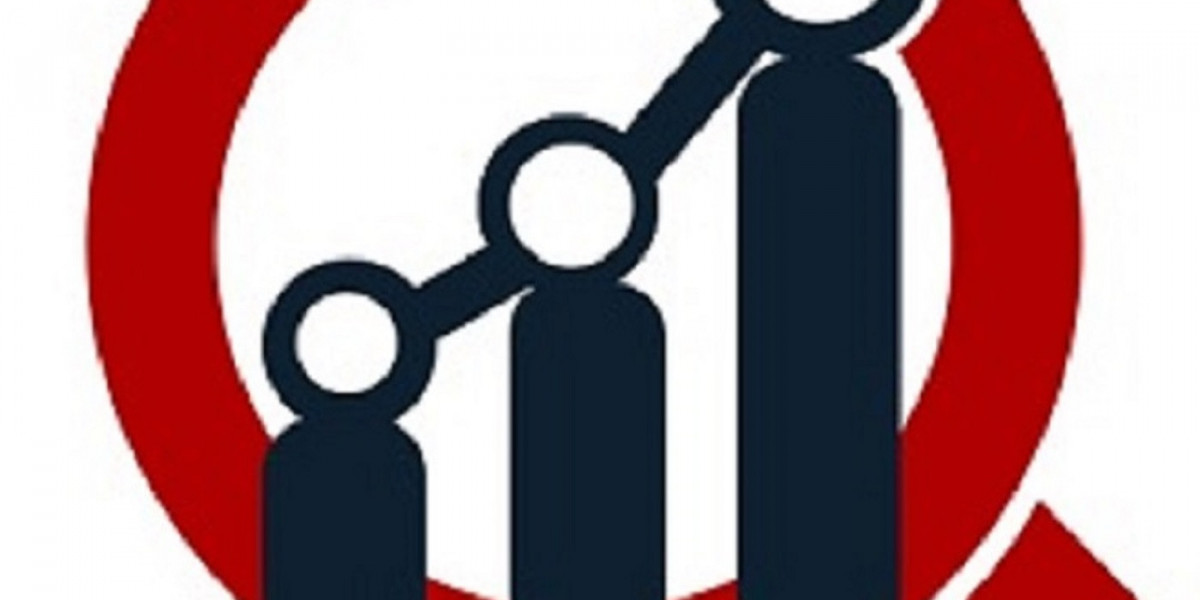Credit Risk Rating Software: Transforming Risk Assessment in Modern Finance
In today’s fast-paced financial world, the ability to assess and manage credit risk accurately is more critical than ever. With increasing regulatory scrutiny, market volatility, and a growing emphasis on data-driven decision-making, financial institutions are turning to credit risk rating software to streamline risk evaluation and protect their portfolios. This software not only improves the accuracy of risk assessments but also ensures compliance and enhances operational efficiency.
What Is Credit Risk Rating Software?
Credit risk rating software is a specialized digital tool designed to evaluate the creditworthiness of borrowers—be it individuals, businesses, or financial instruments. The software uses historical data, financial metrics, behavioral analytics, and scoring algorithms to assign risk ratings. These ratings indicate the likelihood that a borrower will default on a loan or fail to meet financial obligations.
The core functionality typically includes:
- Automated credit scoring
- Risk rating models (internal or regulatory frameworks like Basel III)
- Portfolio analysis and stress testing
- Data visualization and reporting dashboards
- Integration with existing loan origination or risk management systems
Why Credit Risk Rating Software Matters
1. Accuracy and Objectivity
Manual credit assessments can be prone to human bias or errors. Software solutions use standardized models and real-time data to deliver consistent, objective results. This reduces the subjectivity associated with traditional underwriting.
2. Regulatory Compliance
Financial institutions must comply with regulations like IFRS 9, Basel III, and CECL, which require robust risk rating and impairment calculation systems. Credit risk software helps institutions align with these frameworks by automating calculations and maintaining audit trails.
3. Scalability and Efficiency
As lenders handle larger volumes of loan applications, automation becomes indispensable. Credit risk rating software allows organizations to evaluate thousands of accounts simultaneously, reducing processing time and operational costs.
4. Enhanced Portfolio Management
By consolidating borrower risk profiles and providing a portfolio-level view, these tools help institutions identify concentration risks, forecast potential losses, and take preemptive measures.
5. Better Decision-Making
Advanced analytics and machine learning features embedded in modern credit risk software enhance predictive accuracy. This enables financial institutions to make smarter lending decisions, price loans more effectively, and optimize capital allocation.
Sample Request For Free Pdf - https://www.marketresearchfuture.com/sample_request/28848
Key Features to Look for in Credit Risk Rating Software
- Customizable Risk Models: Ability to tailor models based on institution-specific parameters or sectors.
- Real-Time Data Integration: Seamless incorporation of internal and external data sources for dynamic scoring.
- Scenario Analysis: Built-in stress testing capabilities to model how portfolios might perform under adverse economic conditions.
- Audit and Reporting Tools: For internal governance and regulatory reporting requirements.
- Cloud-Based Deployment: Scalability, security, and accessibility via SaaS platforms.
Leading Providers of Credit Risk Rating Software
Some of the top vendors in the credit risk software space include:
- Moody’s Analytics
- SAS Credit Risk Management
- FIS
- Oracle Financial Services
- S&P Global Market Intelligence
- Actico
- CRIF
Each platform offers a unique mix of features tailored for banks, credit unions, fintechs, and asset managers.
Industry Use Cases
- Commercial Lending: Evaluating SME loan applications using both financial statements and behavioral data.
- Retail Banking: Automating credit card and personal loan approvals with real-time scoring.
- Investment Analysis: Assessing the credit risk of bond issuers or counterparties in capital markets.
- Insurance: Determining policyholder risk for premium setting in trade credit insurance.
The Future of Credit Risk Assessment
With AI and big data at the forefront, credit risk rating software is evolving rapidly. Future solutions are expected to:
- Use alternative data (e.g., utility bills, social media, or e-commerce behavior) to score thin-file customers.
- Offer explainable AI (XAI) models to meet transparency requirements.
- Provide predictive insights using real-time macroeconomic indicators.
Conclusion
As financial institutions seek to balance growth with risk management, credit risk rating software emerges as an essential tool. By combining automation, analytics, and regulatory compliance, it empowers lenders to make informed decisions, improve risk transparency, and enhance financial stability. With ongoing advancements in AI and data science, the future of credit risk management looks more intelligent and adaptive than ever.
Related Report -
| Parametric Insurance Market |
| Sme Insurance Market |
| Specialty Insurance Market |
| Marine Freight Insurance Market |
| Medical Professional Liability Insurance Market |








